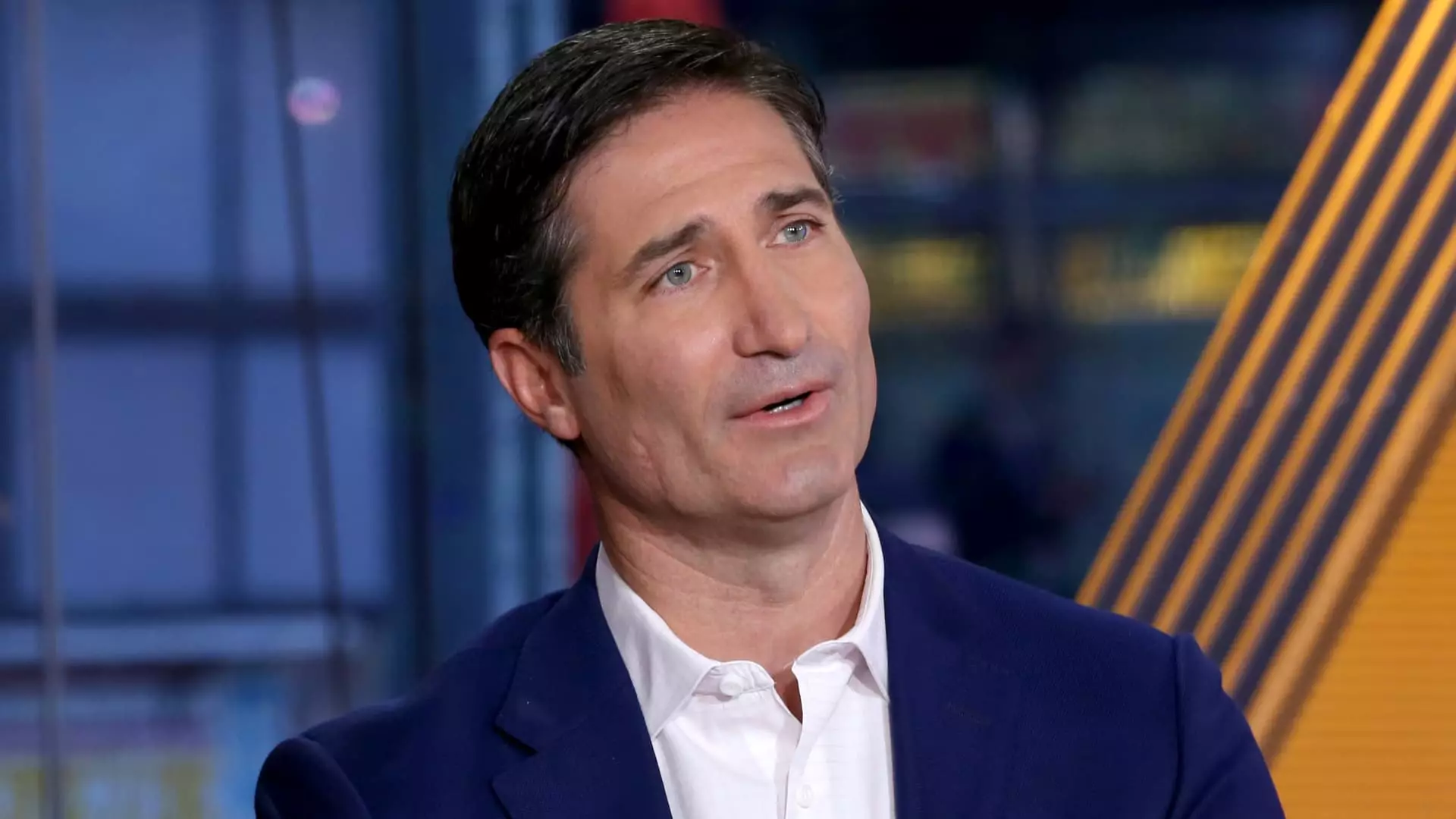Starbucks Under New Leadership: A Shift Towards Revitalization

In an era where consumer expectations are ever-evolving, Starbucks finds itself at a crucial juncture following the appointment of Brian Niccol as its new CEO. With a strong history of revitalizing brands, chiefly seen during his tenure at Chipotle, Niccol’s fresh perspective aims to reestablish Starbucks as a beloved staple in both the U.S. and international markets. In a recent open letter, he articulated a vision centered on improving the U.S. branch of the coffee giant before tackling challenges abroad.
Niccol’s candid acknowledgment of the current deficiencies within Starbucks reflects his commitment to transparency. He describes the customer experience as “transactional” and points to issues such as overwhelming menus, inconsistent product offerings, and a chaotic service environment. These observations are critical for the savvy consumer who seeks not just a cup of coffee but an engaging and seamless experience. Niccol has pledged to invest in the barista experience, believing that cultivating a better working environment will ultimately benefit customer interactions.
The reality of Starbucks operations requires an immediate response to grievances voiced by patrons. By streamlining the cafe experience, enhancing morning service, and refining branding strategies, Niccol begins his leadership with concrete actionable goals. This foundational focus on the U.S. market illustrates a strategy that prioritizes immediate customer satisfaction, an essential component for revitalizing the brand’s reputation in its home turf.
Leveraging Technology for Efficiency
One of Niccol’s primary strategies involves harnessing technology to optimize barista work conditions and streamline daily operations. Upgrading the mobile app and improving mobile ordering systems are pivotal in reducing service times and enhancing customer satisfaction. The integration of advanced tech solutions not only empowers employees but also reflects a company that is in tune with the digital era of consumerism.
Moreover, the push toward efficiency aligns with the broader industry trend where digital transformation is no longer optional but a necessity. Consumers increasingly expect convenience and speed, and Starbucks must meet these demands to retain its competitive edge.
While Niccol aims to first concentrate on U.S. operations, he is acutely aware of the international landscape, particularly the challenges posed by the Chinese market. The slowdown in business post-Covid-19, compounded by rising competition, has created a necessity for Starbucks to refine its approach. Niccol emphasizes the importance of identifying growth opportunities rooted in the brand’s strengths—imperative for rebuilding market share.
The aspirations to adapt and thrive in dynamic global markets reveal a larger strategy at play; it is about not just surviving but excelling in a post-pandemic economy that has reshaped consumer habits and expectations.
In addition to operational improvements, Niccol’s strategy must also tackle sociopolitical challenges affecting Starbucks’ image internationally, particularly in the Middle East. The backlash against U.S. brands due to geopolitical conflicts underscores the importance of cultivating cultural sensitivity and understanding consumer sentiments on a global scale. Niccol’s attempt to diminish “misconceptions” underscores the dual challenge of being a global brand while being perceived locally.
Addressing these perceptions necessitates not only reassessing marketing strategies but also engaging in active dialogue with diverse customer bases to foster goodwill.
At the heart of Niccol’s transformative vision lies a commitment to returning to the roots of Starbucks. With a clear declaration in his letter, he intends to immerse himself within the cafes and connect directly with employees and suppliers alike. This hands-on approach may very well position him to foster a culture of accountability and reinvigorate the brand ethos.
As he embarks on the first 100 days of his term, the successful implementation of these strategies will be vital. The test of Niccol’s leadership will not only be his ability to bounce back from recent declines but also to pivot Starbucks into a brighter future, asserting its relevance in an increasingly competitive landscape.





